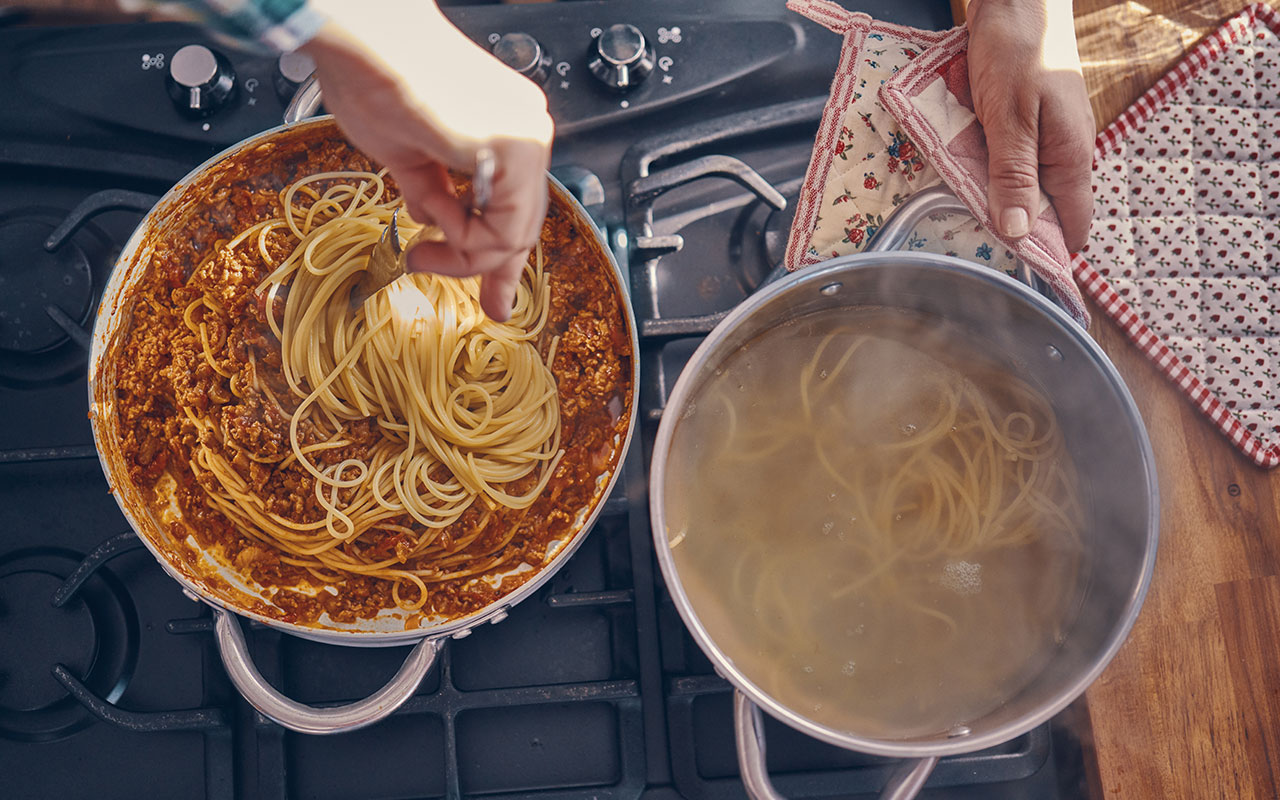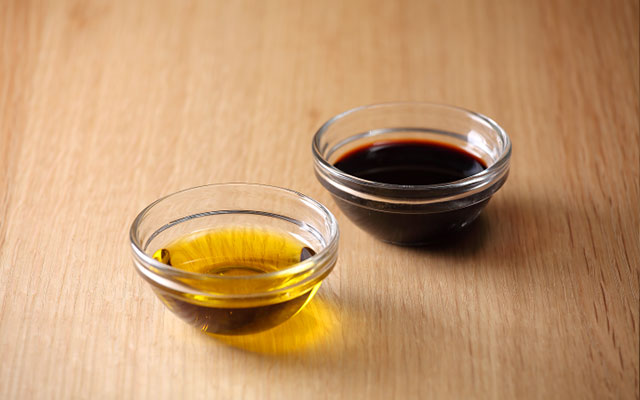
Found DELI
Searches for seasonal ingredients from all over the world, and explores the wisdom of eating well inherited from local culture. Original tastes of ingredients are being brought to the menu through healthy and tasty traditional family recipes.
Café&Meal MUJI chefs visit the origins of the ingredients and learn different cooking methods and skills from local families, bringing their wisdom accumulated in daily life and original tastes of in-season ingredients to the menu of Café&Meal MUJI for you to enjoy the enchanting flavours of their unique food cultures.
ITALY

Italy is located in Southern Europe. To the North, it is composed of mountainous lands. To the South, it falls into the Mediterranean islands. Being once divided and ruled by different European nations, each part of Italy has developed its own dining habit. The unique climate and history of Italy give rise to her rich variety of ingredients and distinctive food culture.
From cooking for friends to helping out at the kitchen, Italians love cooking themselves and often exchange their home cooking recipes. Food not only provides satisfaction of taste, but also builds linkage among people. With persistence and heartiness for cooking, Italians pass on their cooking traditions from generations to generations.
SPECIALTY

Homemade Pasta
Every Italian family has its own unique homemade pasta recipe, but durum wheat flour (semolina) is always the necessary ingredient for all kinds of pastas. Its high density, high protein and gluten content enhance chewiness of pastas. Café&Meal MUJI uses durum wheat flour together with fine-coarse 00 flour grinded from the endosperm of wheat, making homemade pastas with pleasant texture and rich aroma that reveals traditional taste of Italy.

Italian Bread
Along the streets of Italy, it is common to see bakery selling different kinds of focaccias and ciabattas. Traditional focaccia was usually seasoned with herbs, salt and olive oil for a subtle scent, while later more Italian families started to apply home ingredients such as tomatoes, cheese and ham to enrich the flavour. Ciabatta has a crunchy outside and chewy inside. It is usually served with salt, olive oil and vinegar, or used to make Italian sandwich named panino.
INGREDIENTS
The mountainous and cold Northern Italy has a tradition of herding, making the region a main source of Italian meat, dairy products, mushrooms and herbs, while the Southern Italy belongs to the warm Mediterranean climate that favours the growth of crops such as olives and tomatoes. Its coastal location also facilitates good harvest of seafood. The favourable climate of Italy results in a large variety of ingredient selection.

Olive Oil & Balsamic Vinegar
Olive oil and balsamic vinegar are crucial ingredients of Italian cuisine. The former contains rich oleic acid and polyphenols, which are eective in improving blood circulation, stabilising blood pressure and promoting antioxidation, while the latter is rich in amino acids, natural antioxidants, acetic acid and vitamin C to aid digestion, promote metabolism and vascular health. In Italy, it is common to make salad dressing by blending olive oil and balsamic vinegar together with favourite juice or herbs.

Italian Cheese
Abound production of cheese in Northern Italy makes it an essential component of Italians' dining table, providing everyday nutrients such as protein and calcium. Café&Meal MUJI uses parmesan, mozzarella and mascarpone cheese in various appetisers, main dish and desserts, bringing a rich flavour to the menu.

Tomato
In late 18th century, tomatoes became increasingly popular in Italy. Tomatoes are rich in lycopene, carotene and vitamin C, which help in antioxidation, preventing cardiovascular diseases and enhancing immunity. Tomatoes can be directly consumed or used in salads, dressings, sauces and baked or stewed dishes.
MENU


APPETISER
Arancini is said to be invented by past Sicilian families to utilise leftover risotto. After generations, it is turned from a home-cooked meal to a well-known Italian dish. Thick and sturdy Arborio risotto is filled with mozzarella cheese and coated in breadcrumbs, then fried and served with homemade tomato sauce to make it an appetising dish.

Parma Ham & Melon
In Northern Italy, pigs used for Parma Ham are fed with parmesan cheese for a tender and flavourable mouthfeel. During preservation, Italians gently massage the meat to ensure even distribution of fat and salt. Parma Ham can be enjoyed with bread, cheese, melon or arugula for a richer taste palette.

Ravioli
Ravioli is a kind of traditional Italian pasta. Di¬erent llings can be used to bring variations to the dish. Café&Meal MUJI prepares raviolis out of durum wheat our and 00 our and llings out of fresh mushrooms, black truffle sauce and herbs. The raviolis are served with homemade tomato herb cream sauce and soft cheese for a savory taste.

Panna Cotta
Panna Cotta is the Italian phrase for "cooked cream". This traditional dessert with smooth and delicate texture is said to be invented by past North-Italian herdsmen. Fresh cream is simply cooked and cooled down before served. Other than cream, milk and vanilla, Café&Meal MUJI also adds fresh fruits for a fresh taste.